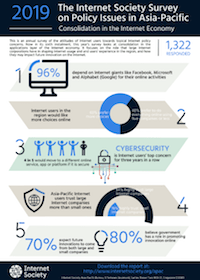VMware NSX Achieves FIPS 140-2 Validation
Co-authored with Rajiv Prithvi, Product Manager Networking and Security Business Unit at VMware
During VMworld US 2019, we announced several new transformative capabilities in VMware NSX-T 2.5 release which is now shipping! The release strengthens the NSX platform’s intrinsic security, multi-cloud, container, and operational capabilities.
We also announced the successful FIPS 140-2 validation of NSX-T 2.5. FIPS compliance is mandatory for US federal agencies and has also been widely adopted in non-governmental sectors (e.g. financial services, utilities, healthcare). FIPS-140-2 establishes the integrity of cryptographic modules in use through validation testing done by NIST and CSE. With this validation, we further deliver on our confidentiality, integrity and availability objectives and provide our customers with a robust networking and security virtualization platform.
Compliance-Based Configuration with NSX-T 2.5
NSX-T 2.5 is configured to operate in FIPS mode by default. Any exceptions or deviations from established compliance norms are identified in a compliance report which can be used to review and configure your NSX-T Data Center environment to meet your IT policies and industry standards. Any exceptions to FIPS compliance including configuration errors can be retrieved from the compliance report using NSX Manager UI or APIs.
A sample FIPS Continue reading






